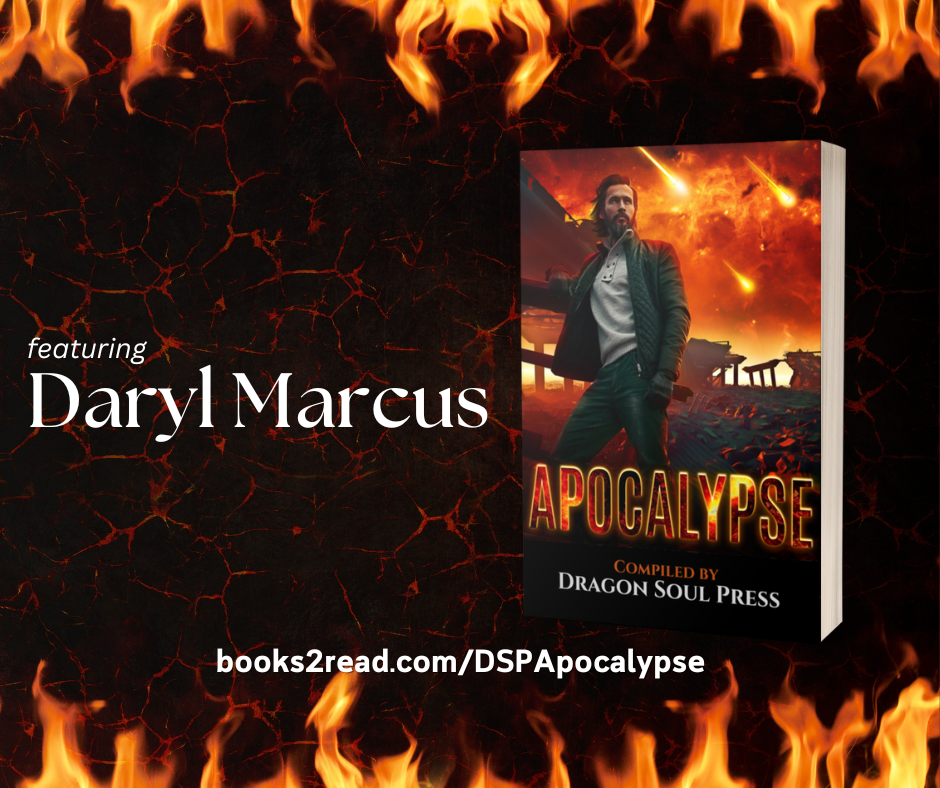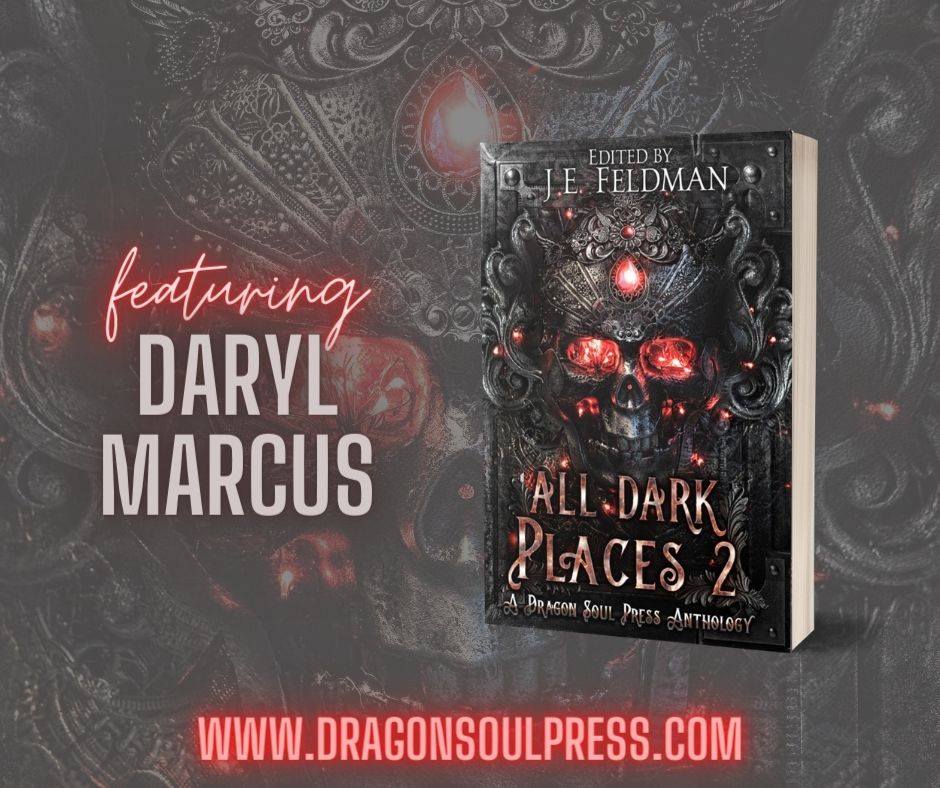This weekend my wife and I had an interesting discussion on what we considered good couples as portrayed in cinema. I recognize that our definition of a good couple is of course going to be biased and based, at least loosely, on the relationship we have, but that doesn’t mean our points aren’t valid.
Our criteria for what makes a good on screen couple can be defined as a pair of characters who are in a romantic relationship where the on-screen relationship is either not part of the overarching story, or whose relationship builds as the story unfolds. In other words, these two characters getting together is not the intended end of the story.
At first our choices were pretty thin, because in most horror movies and adventure movies the love interest really isn’t that much of an interest for the audience. He or she (usually she but I’ll be a little PC here) is part of the story to distract the hero, get into trouble and be rescued, or provide a single A-ha moment of insight that gives the hero a much needed point in the right direction.
However, we came up with a few on-screen couples that met our criteria and helped us understand further why we liked these couples on screen and what set them apart from the more traditional pairings one typically sees in cinema.
In no particular order these couples are:
- Rick O’Connell and Evelyn Carnahan portrayed by Brendan Fraser and Rachel Weisz in The Mummy, from 1999.
- Nick and Nora Charles as portrayed by William Powell and Myrna Loy in The Thin Man movies starting in 1934.
- Darius and Sterling as portrayed by Bryan Batt and Patrick Stewart from 1995’s Jeffrey.
- Ed and Lorraine Warren as portrayed by Patrick Wilson and Vera Farmiga from 2013’s The Conjuring.
- Odd Thomas and Stormy Llewellyn as portrayed by Anton Yelchin and Addison Timlin in Odd Thomas, also from 2013.
What do all of these couples have in common that makes me think they are examples of good couples? I’ll go into detail for each item below, but first let me make the list.
- Lack of sexual tension.
- In neither pairing is one obviously the dominant partner and the other submissive or weaker than the other. Instead, they are a team and work together.
- Each partner in the pair recognizes the strengths of the other and doesn’t try to out do or downplay the other’s importance.
- The actors’ on screen chemistry leads the audience to believe and accept them as couples.
- The characters trust one another in a way that is very seldom seen in on screen couples in cinema.
These may not be all the characteristics that make a good couple, but these are the ones that stuck me as important when making the initial list. Now, to break down and discuss the items as listed I’ll start with sexual tension. From the very first episode the sexual tension between Fox Mulder and Dana Scully in The X-Files was palpable for all audiences. The questions were telegraphed throughout the entirety of the series. Were they going to get together, even if just for a single night? When would it happen? What would the consequences of such a union be? These are the questions that a romantically inclined drama wants the audience to ask. They are the questions that keep the audience coming back for more, reading the novelizations of the episodes, watching the Internet shorts, and discussing things the next day around the water cooler.
Sexual tension in drama is a good thing, but it is also distracting, especially if the story that is being told doesn’t require that sort of tension to keep people interested. Take The Mummy, for instance. While the first movie of the trilogy includes a hefty dose of sexual tension between Rick O’Connell and Evelyn Carnahan, once the story really gets going, that slides to the back burner and becomes less important as the two characters learn to do the most important things couples need to do: work together. Evelyn is an academic who can read and speak an ancient language. Rick O’Connell is a quick-thinking rogue who knows his treasure and isn’t afraid of a fight. When the real danger comes to light and they begin the quest to put Imhotep back in his coffin, the sexual tension between them is forgotten by the characters and the audience as well. The story becomes bigger than those two characters and seeing them learn to work together and trust each other to work in their collective best interests is what drives the story forward. They have a problem to solve and neither could do it alone. This is an on-screen couple whose differences enhance each other even as their common interests drew them together and accidentally caused the whole mess.
I think that takes care of points 1-3 and 5, leaving me to touch on 4, the actors’ chemistry. While I haven’t studied the behind the scenes events beyond reading IMDB’s movie trivia, watching Brendan Fraser and Rachel Weisz on screen is just fun. In all three films the actors really seem to be enjoying the roles and the relationship their characters have. The audience can easily believe these two very different people fell in love due to the initial attraction, common interests, and the dire circumstances that forced them to work together. After the end of the first movie we can see they are still in love and have formed a life together that includes raising a rambunctious and intelligent younger version of themselves, and are still able to work together despite the honeymoon phase being long over. Even when in great danger and Evelyn is having visions, Brendan doesn’t dismiss the visions as feminine hysteria, which would have been very easy to do given the era in which the stories are set. Rick trusts Evelyn, and she trusts him. It’s one of the core items that makes a relationship work on screen as well as off.
Nick and Nora Charles from The Thin Man series are an example of a couple who have gone through the honeymoon phase whole and intact and as in love with each other at the end of each movie as they are at the beginning. From the moment we see these two characters on screen, played to perfection by William Powell and Myrna Loy, we see that they have already had the arguments that put the initial tension in a relationship. They are comfortable with each other’s quirks, familiar with each other’s nuances, and trust one another implicitly. The on screen chemistry between these actors lends to the belief that the characters are truly in a relationship and any tension between the two will be worked out when they get home, grab a highball, and discuss the day’s events. This couple isn’t going to go to bed angry at each other, and they won’t be sleeping in separate beds either.
Darius and Sterling are a couple that we see frequently through the eyes of the protagonist, Jeffrey, and their relationship is one that appears complicated at first. It is through offhand remarks and the wonderful monologue from Darius when he talks to the audience that we learn they are still in a relationship, loving each other despite the hardship of Darius suffering the symptoms and ultimately death caused by AIDS. While it is important to them, the struggle against it doesn’t take away from them the right to the pleasures of living together with a partner who is loving and supportive.
This brings me to my two favorite cinematic couples of the films I’ve been watching over the last few years. First, the Warrens from The Conjuring series are the couple that started my wife and I on this conversation in the first place. These two individuals live in a world of the supernatural, dealing with situations that terrifies and sometimes completely ruins the people they are trying to help. It obvious from the first moment they appear on screen, during their lecture at the university, that they work together and support each other. This is continued throughout the film, especially as the supernatural items begin to get more harrowing and they do not bicker or argue. Together they have a single goal and they work to accomplish this goal for the good of the family they are helping.
The final couple is made up of Odd Thomas and Stormy Llewellyn from Odd Thomas. These two appear to be made for each other. In fact, that is how Odd Thomas characterizes their relationship from the beginning, especially if you’ve read the novels but I will try to keep this article focused on the movie. Odd, played by the late Anton Yelchin, is a quirky guy with the power to see ghosts and the moral imperative to avenge them. He moves decisively and without second thought, often seeming reckless from the outside. Stormy, however, knows and understands and, most importantly, trusts Odd to do what he must do regardless of what she would prefer. The scene where she goes to work, afraid she might die so he can continue to do the good he does for others is proof that she not only believes him, she trusts him enough to put her life in his hands. This is the same decision that nearly crushes him in the end (and here I am alluding to the books again), but Odd has a family that supports him and helps him grieve, then move on. In this case, Odd and Stormy are the lovers, but in true Dean Koontz fashion, a family is a support structure that everyone needs no matter what their super power.
In conclusion, the point I’m trying to make is this: A romantic relationship between characters is a good thing, it doesn’t have to be the main thing to make the story interesting, and often should be either a sidecar or not a topic at all. Character drives the story, and the journey should be shared by the audience. Characters grow, as does the viewer.

